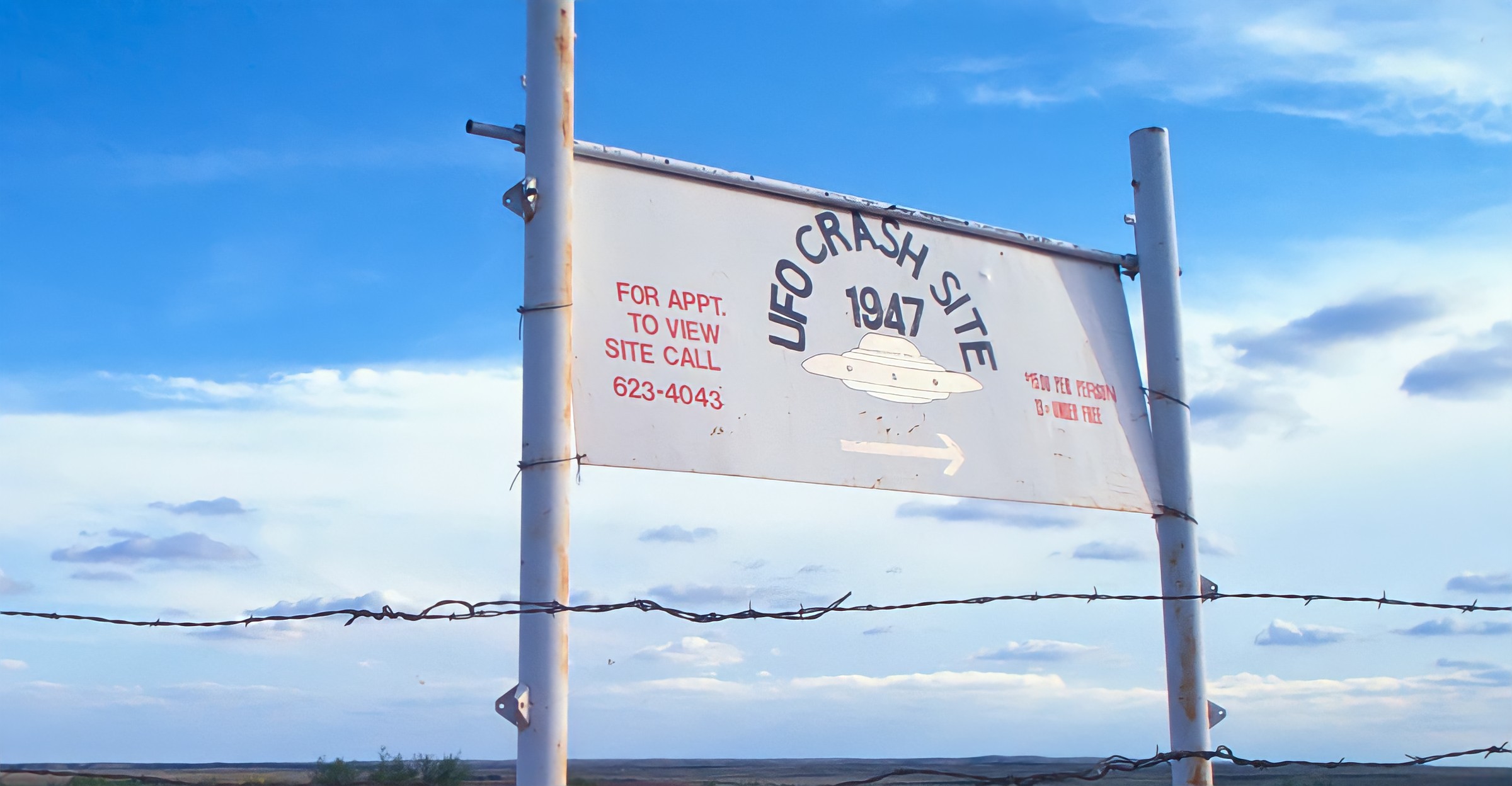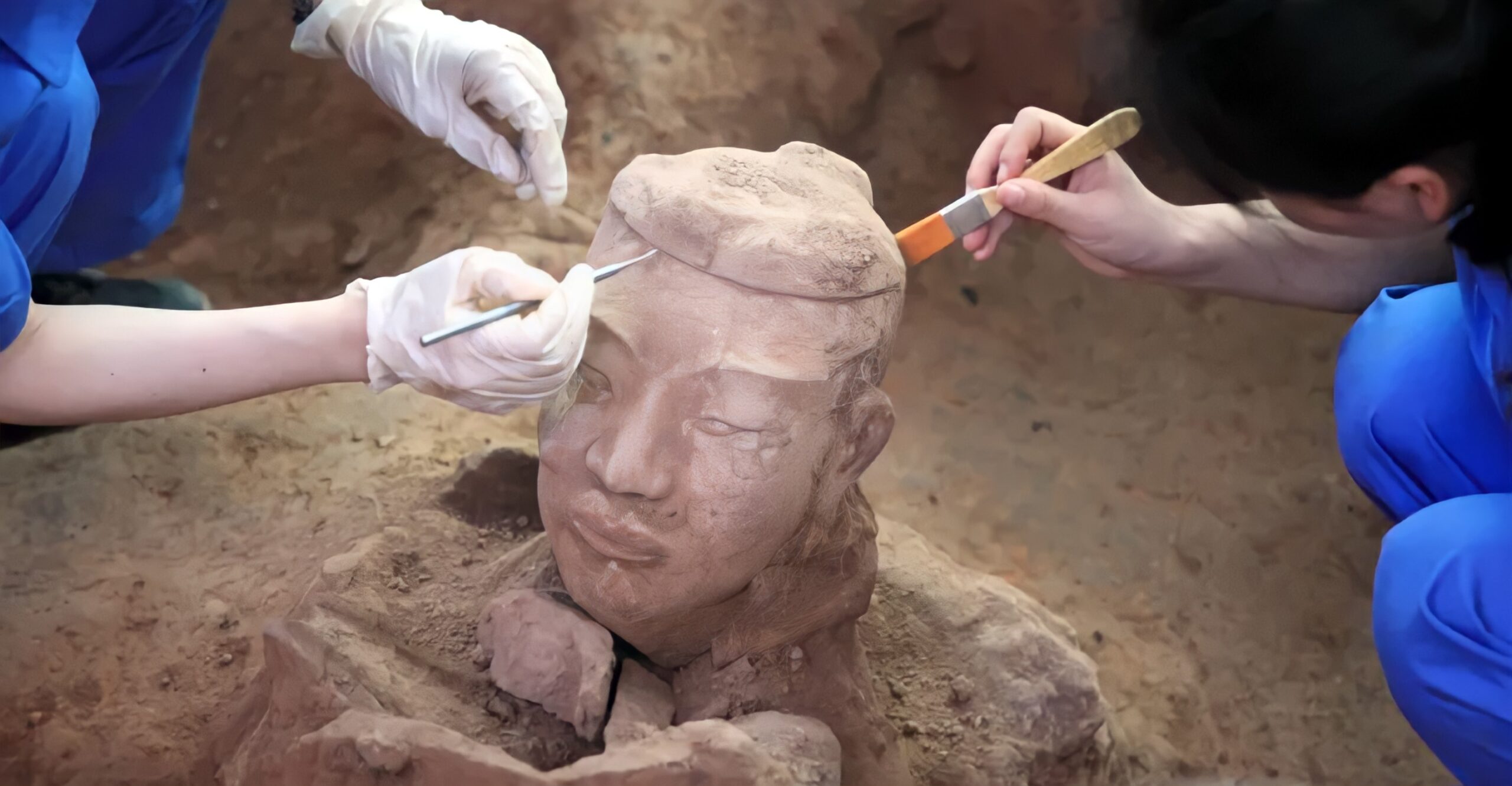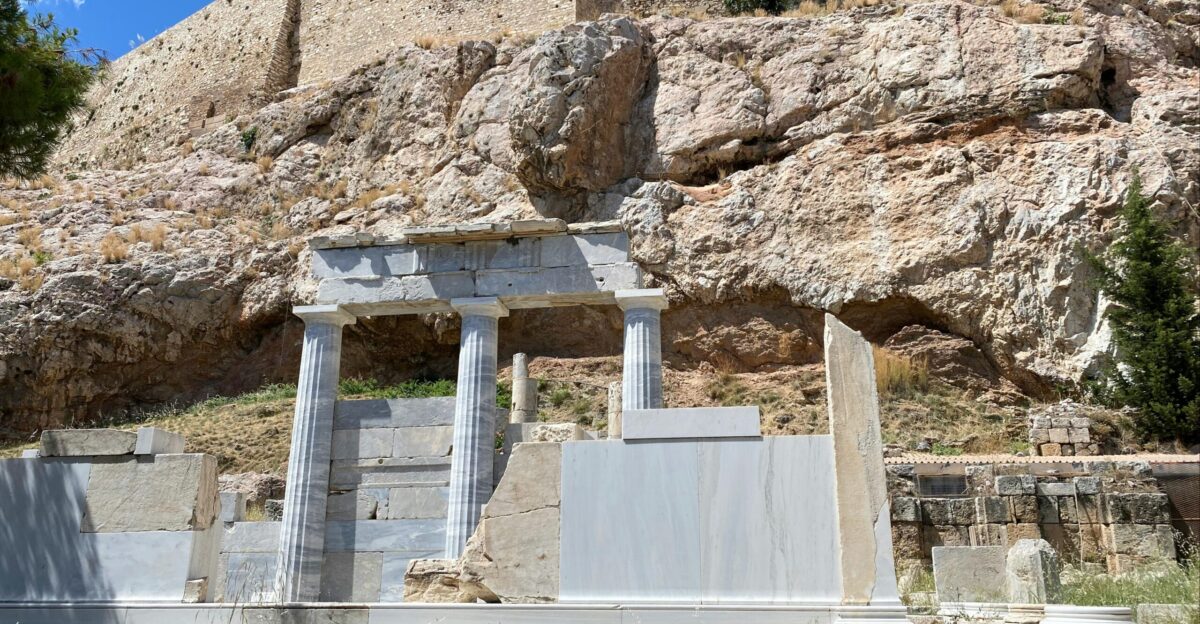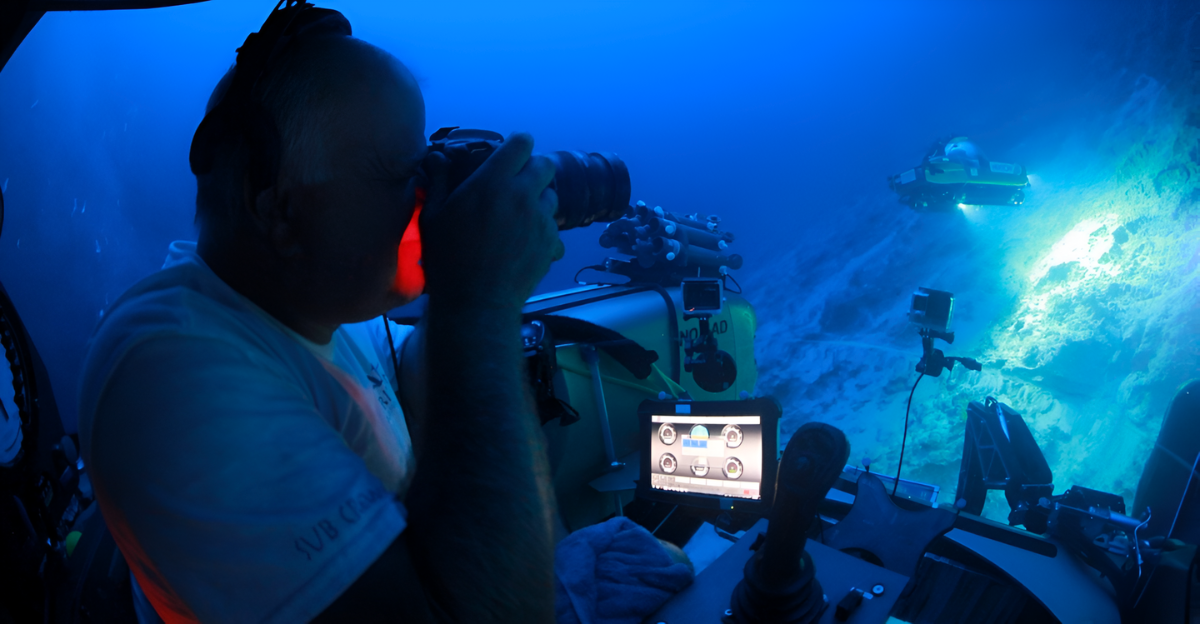
in 2018, a remarkable discovery was made near Wawa, Ontario, close to the U.S. border. Archaeologists discovered a stone inscribed with 255 mysterious symbols that baffled experts for years.
This mysterious carving, buried under soil and hidden from view, puzzled Ryan Primrose, a leading Ontario archaeology expert, who spent seven years trying to unravel what it meant.
His persistance paid off when he eventually identified the symbols as part of a Scandinavian alphabet. The breakthrough revealed that the inscription was a 1611 Swedish version of the Lord’s Prayer, a profound biblical text, sparking excitement and curiosity across the achaeological community.
The Runic Inscription: A Scandinavian Connection
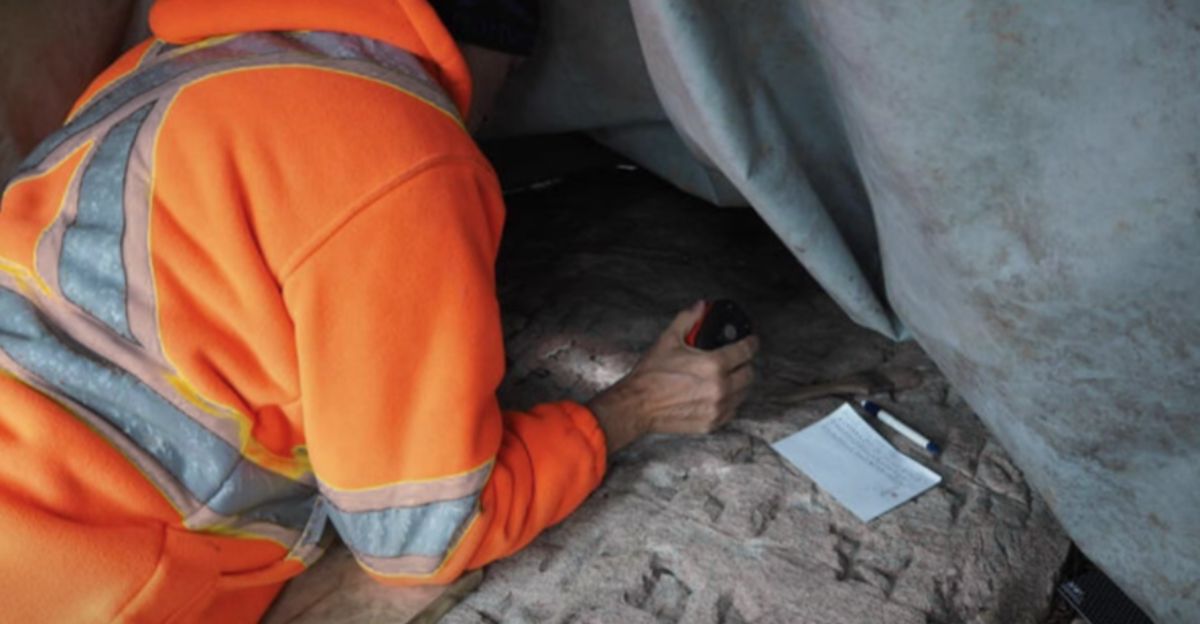
The runes on the stone are not random marks but belong to an ancient Scandinavian alphabet. Henrik Williams, a retired Swedish professor emeritus, confirmed the rarity of such inscriptions and the importance of the discovery.
The presence of this Swedish text in Canada suggests that Swedes had ventured far beyond their homeland, possibly treating the site as an outdoor chapel.
The deliberate burial of the slab adds an extra layer of mystery, hinting at a sacred or secretive purpose. This discovery challenges assumptions about early Scandinavian presence in North America and their cultural practices.
The Lord’s Prayer
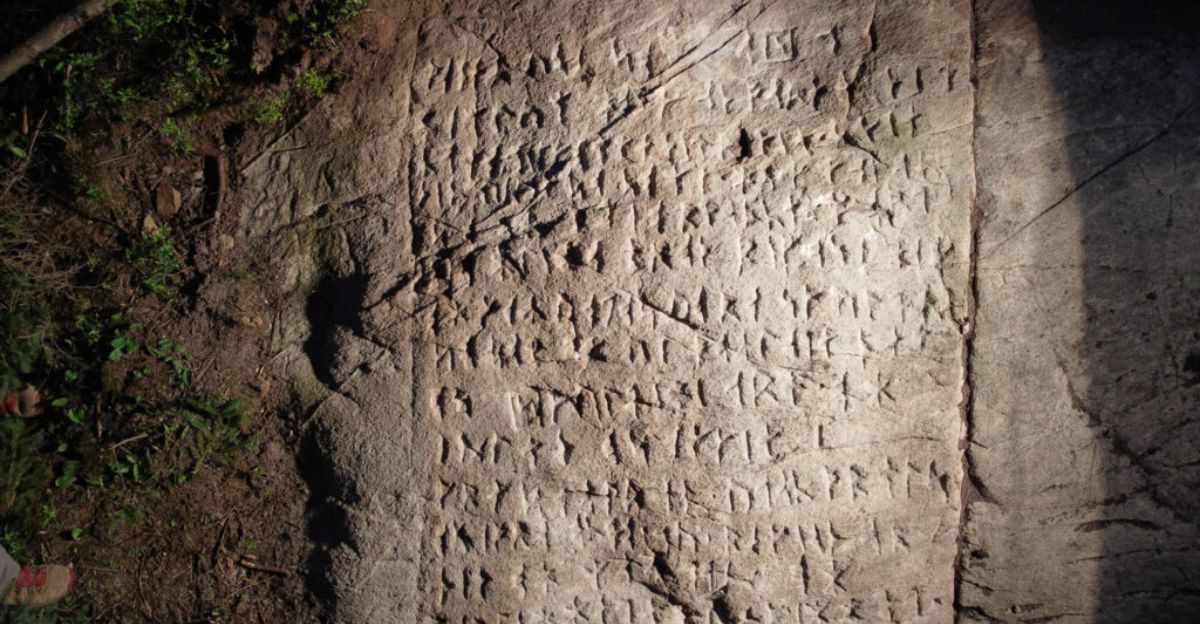
The text carved into the rock is the Lord’s Prayer, a cornerstone of Christian faith that is recited around the globe. It is found twice in the New Testament—once in Matthew’s Gospel in the Sermon on the Mount and once again in Luke—the prayer holds deep spiritual significance.
Its presence in Swedish runes on Canadian soil bridges continents and centuries, connecting early modern European settlers or travelers with their faith.
This revelation enhances our knowledge of how Christianity spread and was practiced in remote areas and reinforces the enduring influence of holy texts that transcend time and geography.
Archaeological Persistence Pays Off
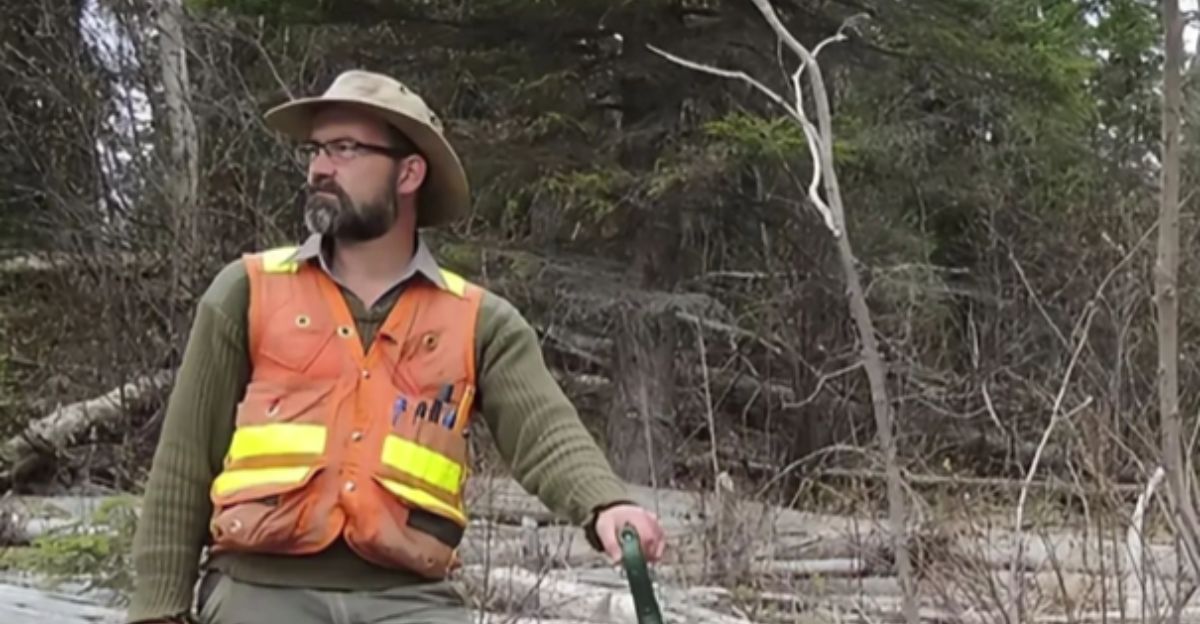
Primrose’s persistence in unraveling the mystery illustrates the patience and rigor required to be an archaeologist. He spent seven years poring over it to confirm the translation, ensuring accuracy before publicizing the find.
His cautious approach underscores the importance of verification in historical research, particularly when encountering rare and unusual artifacts.
Primrose’s project not only decoded the runes, it also created new pathways for exploring cultural interactions in early North America, illustrating how a single artifact might rewrite parts of history.
The Site: An Outdoor Chapel or Sacred Space?

The absence of other artifacts in the area alongside the carved stone indicate that the area was not the site of a normal settlement, but rather, the location was one of sacred significance. Primrose believes that this spot was an open-air chapel where early Scandinavian Christians would gather for prayer.
The burial of the stone could symbolize reverance or a ritualistic act, preserving the text for posterity. This interpretation invites us to imagine the spiritual lives of those who left this mark, shedding a light into their devotion and the ways they maintained religious traditions far from their homeland.
The Broader Historical Implications

This discovery challenges conventional narratives about early European presence in North America. While Viking expeditions to Newfoundland are well-documented, but it’s a surprise to find a Swedish link close to the US border.
It raises questions about the extent of Scandinavian exploration and settlement. The runic inscription indicates that these travelers brought not only their language but also their religious practices.
Such findings encourage historians and archaeologists are inspired to rewrite or reconsider the history of migration and cultural exchanges during the 17th and 18th centuries, potentially rewriting chapters of transatlantic history.
The Biblical Link to Jesus’ Crucifixion
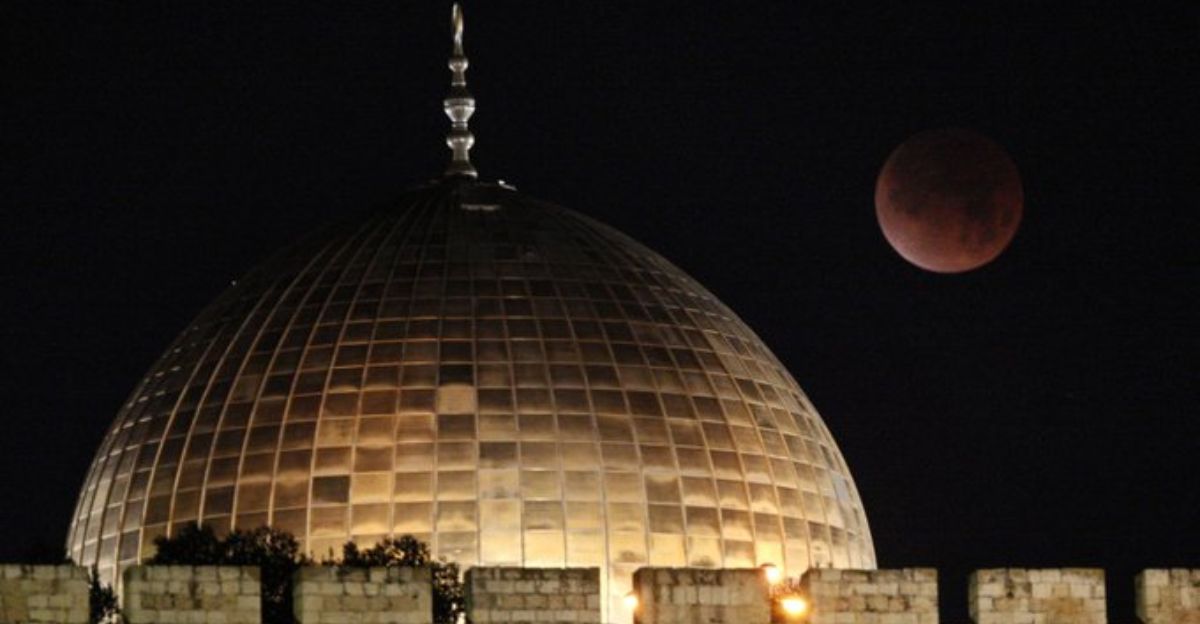
Interestingly, this ancient prayer also ties into one of Christianity’s most dramatic moments: the crucifixion of Jesus. Recent NASA research supports biblical accounts of a blood-red moon over Jerusalem on April 3, 33 AD, the date many scholars associate with Christ’s death.
The eerie darkeness described in Matthew 27:45 coincides with this celestial event, reinforcing the historical and spiritual weight of the cruxifiction narrative.
The Canadian carving, by echoing the Lord’s Prayer, indirectly connects to this profound moment in Christian history, deepening its symbolic resonance.
NASA’s Celestial Confirmation
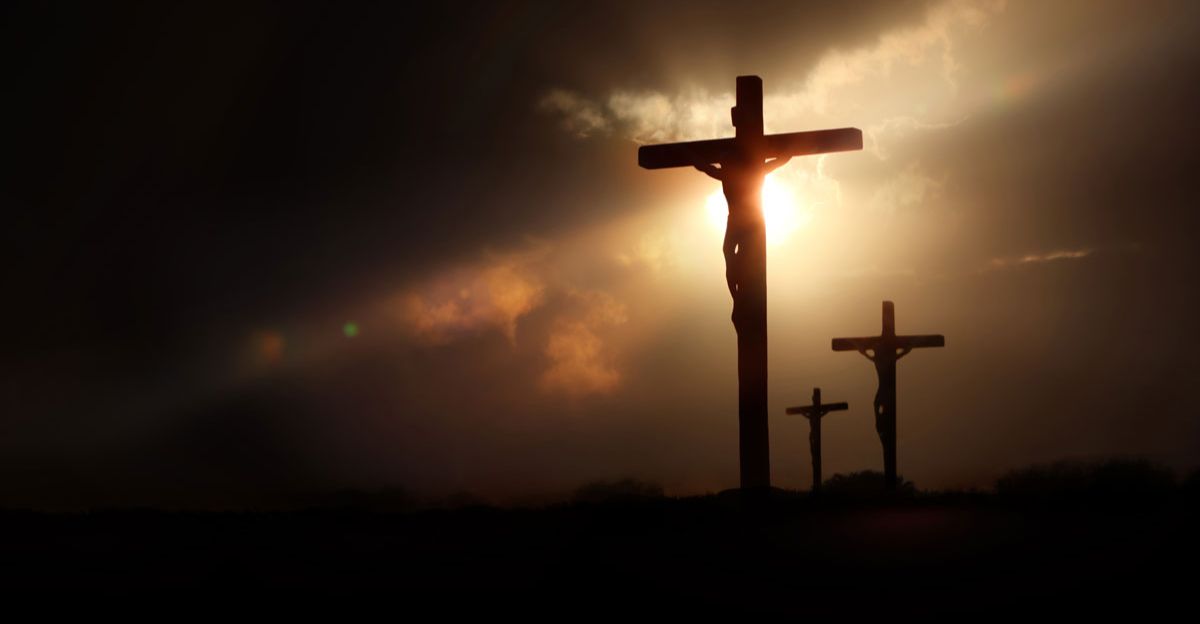
NASA’s star charts confirm a lunar eclipse over Jerusalem on the day of Jesus’ crucifixion, causing the moon appear blood red. It is the same cosmic event that coincides with the biblical passages of darkness occurring during the crucifixion, thereby, adding scientific credibility to ancient texts.
The convergence of archaeology and astronomy is a powerful reminder of how modern technology can illuminate historical mysteries.
The Canadian runic prayer, discovered centuries later, compliments this celestial evidence, illustrating how faith, history, and science intertwine in unexpected ways to enrich our understanding of the past.
Cultural and Spiritual Significance
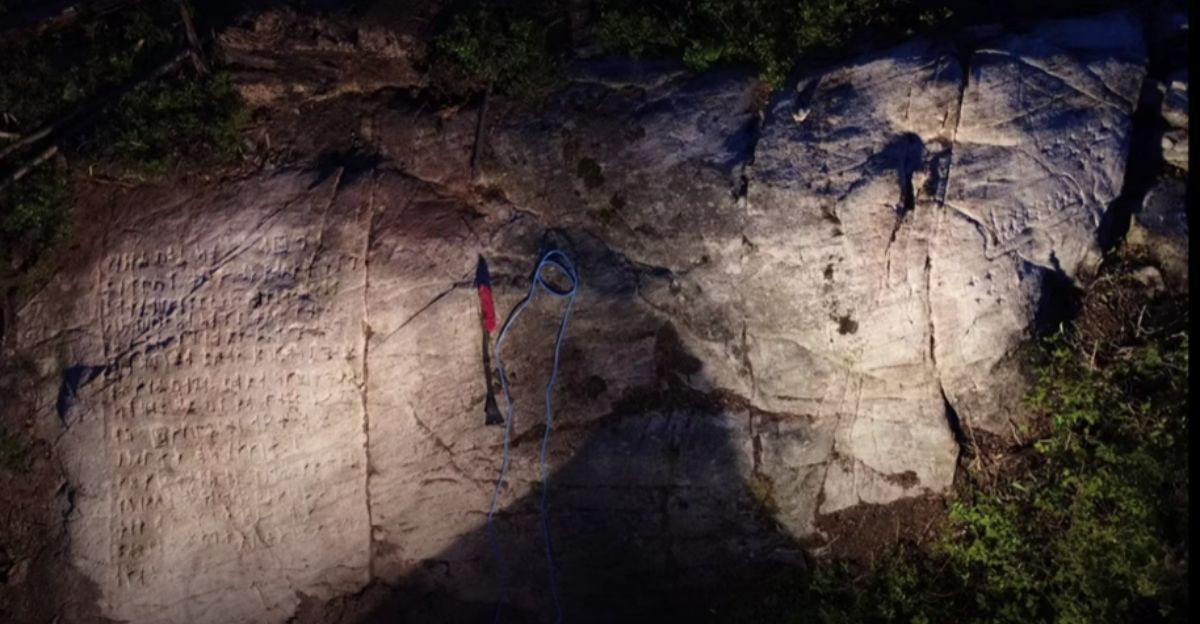
The rediscovery of the Lord’s Prayer in Swedish runes on North American soil resonates deeply with Christians and historians alike. It symbolizes the enduring reach of faith across time and continents, reminding us of the spiritual pilgrimage made by our first settlers.
This artifact serves as a tangible link to ancestors who preserved their beliefs despite isolation and hardship. Its story inspires reflection on cultural heritage, the spread of religion and the human desire to connect with the divine, making it a powerful emblem of resilience and devotion.
Divine Timing: A Prayer Reborn After 200 Years
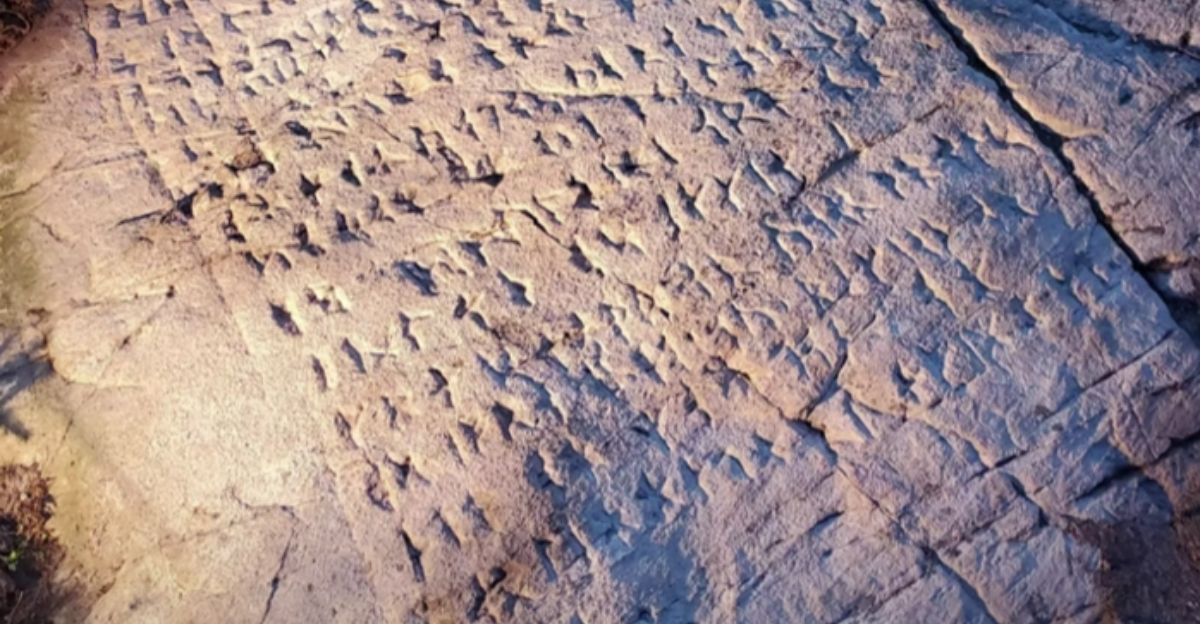
After more than two centuries hidden beneath the earth, the prayer has now finally found its voice again. This discovery feels like divine timing, uniting history, faith and science in a remarkable narrative.
From the carved runes to the blood-red moon over Jerusalem, these intertwined stories captivate our imagination and invite us to explore the mysteries of our shared past.
As we marvel at this ancient inscription, it serves as a reminder that some prayers and stories never truly fade, they endure, waiting to be rediscovered and to inspire new generations.



